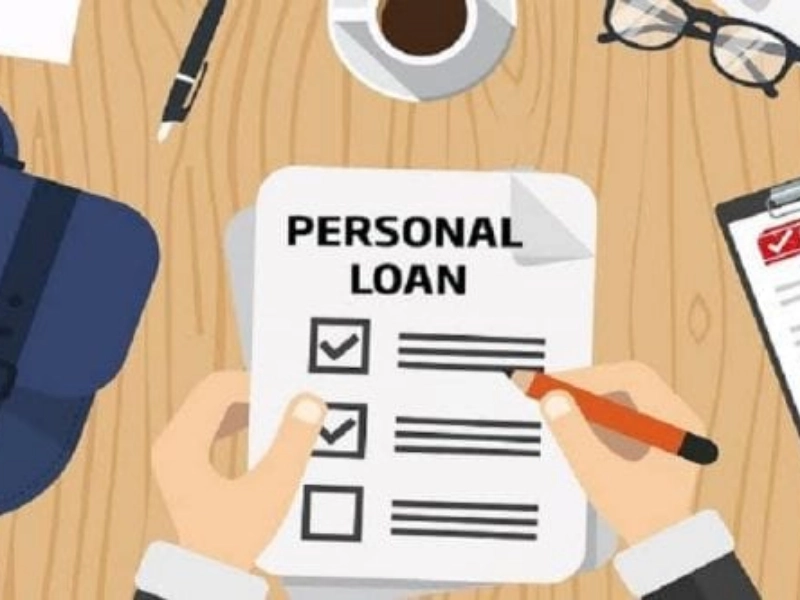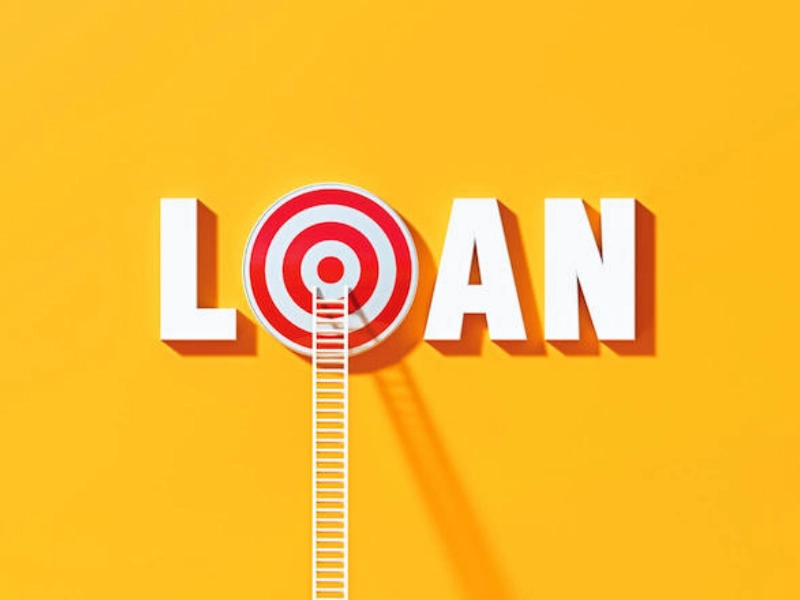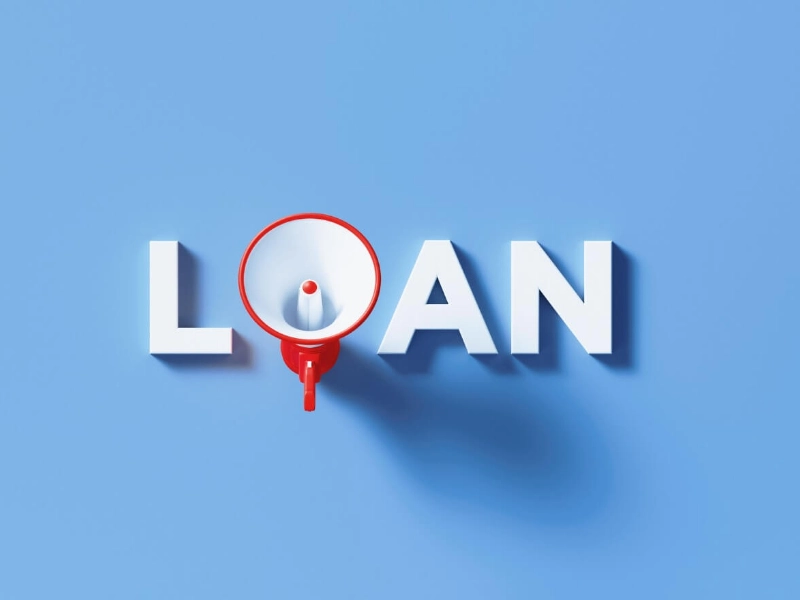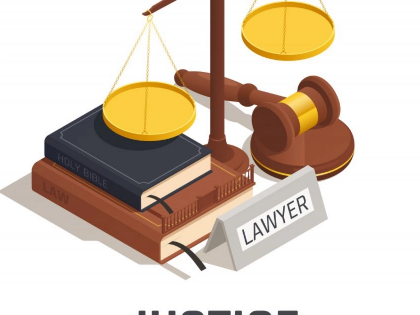Examining Mortgage Options with No Down Payment
A sizable down payment may be prohibitive for a lot of prospective homeowners. You can choose the mortgage that best suits your long-term objectives and financial position by researching low-down payment options. Reducing the down payment can speed up the accumulation of equity, remove PMI, and lower upfront costs. But it's crucial to think about how your choice will affect ongoing monthly payments and overall expenses.
1. FHA loans

2. Loans from the VA
 For current and former military personnel, a VA loan offers a low-down payment or no-down payment mortgage alternative. Private lenders give these house loans, but the government backs them. They thereby present less risk to the lender. A one-time funding fee associated with the loan is negotiable with a down payment.
Moreover, PMI, a monthly insurance fee that traditional loans require in the event that a 20% down payment is not made, is not applicable to this loan. Throughout the course of the loan, this can result in monthly savings of a sizable sum of money.
The government controls lender fees, including origination and other closing charges, which is another advantage of a VA loan. That can cut the cost of obtaining a house loan from the VA considerably. Buyers should be aware, though, that if they surpass the top limit on their entitlement, they may be required to make a down payment in order to purchase a new home with a VA loan.
For current and former military personnel, a VA loan offers a low-down payment or no-down payment mortgage alternative. Private lenders give these house loans, but the government backs them. They thereby present less risk to the lender. A one-time funding fee associated with the loan is negotiable with a down payment.
Moreover, PMI, a monthly insurance fee that traditional loans require in the event that a 20% down payment is not made, is not applicable to this loan. Throughout the course of the loan, this can result in monthly savings of a sizable sum of money.
The government controls lender fees, including origination and other closing charges, which is another advantage of a VA loan. That can cut the cost of obtaining a house loan from the VA considerably. Buyers should be aware, though, that if they surpass the top limit on their entitlement, they may be required to make a down payment in order to purchase a new home with a VA loan.
3. Loans from the USDA
 USDA loans are an option worth looking into if you want to buy a house and you reside in a rural location. These mortgages are accessible to buyers who meet the income and geographical requirements, and they are guaranteed and issued by the USDA.
USDA loans do not require PMI, in contrast to certain other low-down payment mortgage options. By doing this, you can lessen your monthly financial load and have more money for other needs.
Borrowers will be required to pay an upfront guarantee charge as well as ongoing program costs, just like with other loan types. You have the option of paying these expenses upfront or each month with your mortgage payment.
Borrowers may be forced to pay a higher interest rate than they would with other loan programs because these mortgages don't require a down deposit. Before applying, raise your credit score and reduce your debt-to-income ratio to get your charges lowered. This may cut your rates and make you a more desirable borrower to lenders.
USDA loans are an option worth looking into if you want to buy a house and you reside in a rural location. These mortgages are accessible to buyers who meet the income and geographical requirements, and they are guaranteed and issued by the USDA.
USDA loans do not require PMI, in contrast to certain other low-down payment mortgage options. By doing this, you can lessen your monthly financial load and have more money for other needs.
Borrowers will be required to pay an upfront guarantee charge as well as ongoing program costs, just like with other loan types. You have the option of paying these expenses upfront or each month with your mortgage payment.
Borrowers may be forced to pay a higher interest rate than they would with other loan programs because these mortgages don't require a down deposit. Before applying, raise your credit score and reduce your debt-to-income ratio to get your charges lowered. This may cut your rates and make you a more desirable borrower to lenders.
4. Traditional Loans, Including PMI
 Many first-time buyers worry that they won't be able to afford the 20% down payment required for a traditional loan, given the current high prices of real estate. On the other hand, PMI might not be necessary for a traditional loan if you have good credit and can save enough for such a large down payment. Using a piggyback mortgage or obtaining a loan with an 80% down payment and a 10% second mortgage (often referred to as an 80/10/10 loan) are two other ways to avoid PMI.
If you make a down payment of less than 20% on either an FHA loan or a conventional loan, you will be required to pay PMI. The premium can be paid upfront as a one-time charge that is included in closing expenses, but it is typically rolled into your monthly mortgage payments. After you accumulate 20% equity in your house or your loan-to-value ratio hits 80%, you can eliminate any type of PMI. Additionally, you may want to look into lending programs that provide customers with poor credit with reduced mortgage insurance costs.
Many first-time buyers worry that they won't be able to afford the 20% down payment required for a traditional loan, given the current high prices of real estate. On the other hand, PMI might not be necessary for a traditional loan if you have good credit and can save enough for such a large down payment. Using a piggyback mortgage or obtaining a loan with an 80% down payment and a 10% second mortgage (often referred to as an 80/10/10 loan) are two other ways to avoid PMI.
If you make a down payment of less than 20% on either an FHA loan or a conventional loan, you will be required to pay PMI. The premium can be paid upfront as a one-time charge that is included in closing expenses, but it is typically rolled into your monthly mortgage payments. After you accumulate 20% equity in your house or your loan-to-value ratio hits 80%, you can eliminate any type of PMI. Additionally, you may want to look into lending programs that provide customers with poor credit with reduced mortgage insurance costs.








